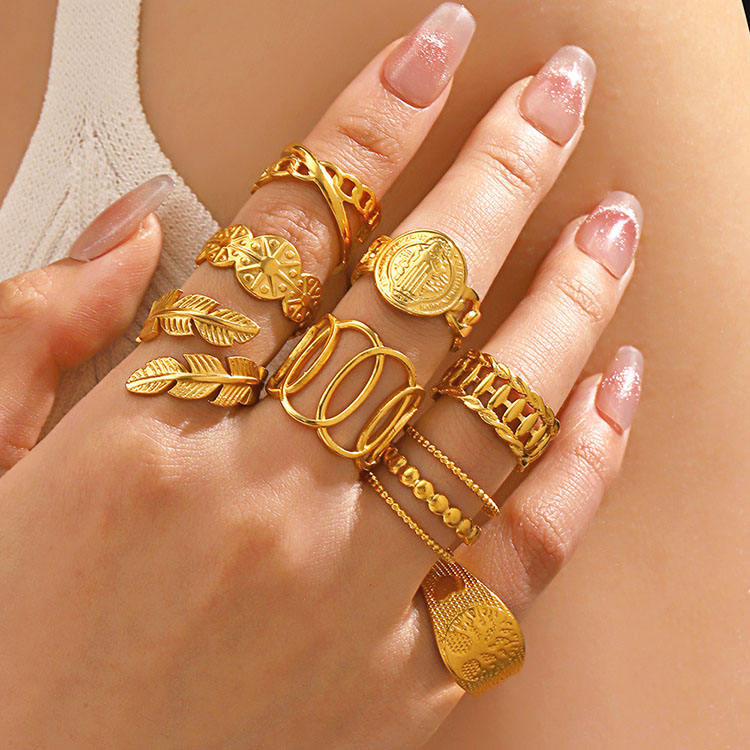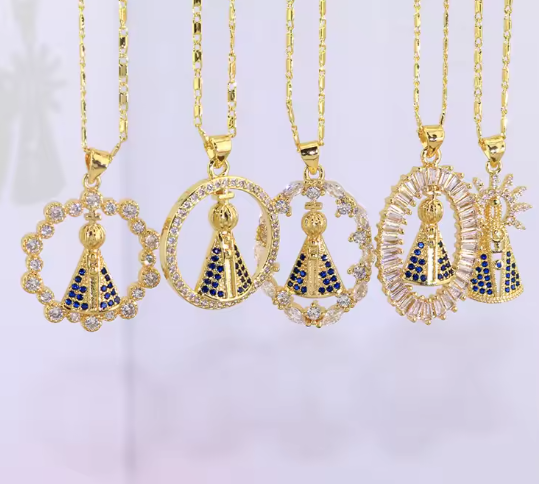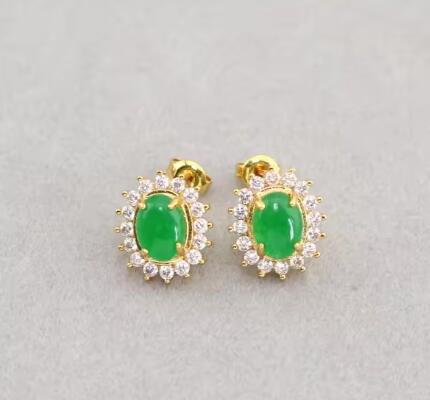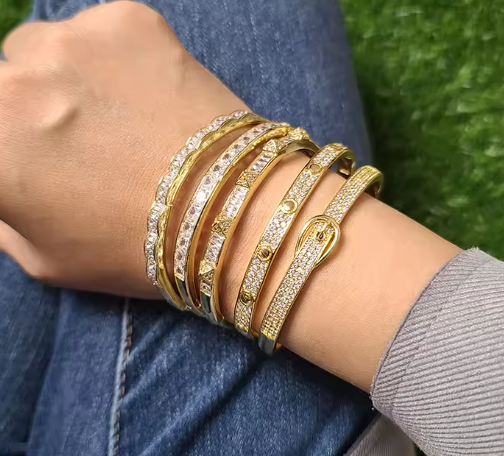The Relationship Between Enamel Jewelry Surface Smoothness and Production Temperature Control
Enamel jewelry is cherished worldwide for its vivid color payoff and sleek, glass-like luster—but achieving that impeccably smooth surface is a feat of precise craftsmanship, not chance. A question that frequently arises among jewelry lovers and makers alike is: Does temperature regulation during production directly influence the surface smoothness of enamel jewelry? The answer is an unequivocal yes—temperature control stands as one of the most pivotal factors in determining whether enamel jewelry emerges with a flawless, silky surface or one marred by bumps, unevenness, or tiny pits. Let’s dive into how temperature shapes enamel’s texture, the precise “sweet spot” for optimal smoothness, and how temperature works in tandem with other production elements to create enamel’s iconic polished finish.
1. The Science: How Temperature Governs Enamel’s Flow and Fusion
Enamel begins as a fine, glass-based powder that’s carefully applied to a metal substrate—typically copper, silver, or brass. It only transforms into a smooth surface when heated to a temperature that enables complete melting, even flow, and secure fusion to the metal base. Temperature control dictates every stage of this transformation process:
-
Underheating: Too Cool = Uneven, Grainy Texture – If the kiln temperature falls below the critical threshold (around 700°C/1292°F for most traditional vitreous enamel; lower, 150–250°C/302–482°F, for low-temperature resin-based enamel), the powder fails to fully liquefy. Instead of spreading into a seamless layer, it remains partially granular, leaving the surface with a rough, sandpaper-like feel or visible powder particles. Underheated enamel also fails to bond securely with the metal base, creating minuscule gaps that trap air—resulting in small protrusions or “pinholes” that disrupt the smoothness.
-
Overheating: Too Hot = Runny, Uneven Edges – Excessively high temperatures (exceeding 900°C/1652°F for standard vitreous enamel) cause the enamel to become overly fluid. This leads to pooling in the metal base’s recessed areas, forming thick, lumpy sections, while thinner edges may "bleed" or become irregular. Overheating also poses the risk of scorching the enamel, leaving unsightly discolored spots or a dull, hazy film that erodes the signature smooth, glossy appearance.
-
Optimal Temperature: The "Flow Zone" for Pristine Smoothness – Most high-quality vitreous enamel requires a tightly controlled temperature range (750–850°C/1382–1562°F), often referred to as the "flow zone." Within this range, the powder melts completely yet retains just enough viscosity to spread uniformly across the metal surface—avoiding both pooling and running. This even flow eliminates air gaps and granular residues, resulting in a seamless, mirror-like finish that defines premium enamel jewelry. For low-temperature enamel, this zone shifts to 150–250°C/302–482°F, though it rarely achieves the same glassy smoothness as high-temp variants.
2. Real-World Production: Temperature Consistency Trumps Exact Numbers
Crafting smooth enamel isn’t merely about hitting a specific temperature—it hinges on maintaining consistent heat distribution and controlled heating/cooling cycles throughout the firing process. Even minor fluctuations can compromise surface quality:
-
Kiln Hot Spots = Uneven Texture – Even if the kiln is set to the “flow zone,” hot spots (areas where temperature is 25–50°C hotter than others) can cause localized overheating. For example, a pendant fired in a kiln with a hot spot might have a smooth center but runny, lumpy edges where the heat was too high.
-
Slow, Steady Heating = Bubble-Free Smoothness – Rushing the heating process (e.g., cranking the kiln from room temperature to 800°C in 10 minutes) traps air in the enamel powder. As the powder melts, these air bubbles rise to the surface, leaving small pits or dimples. Artisans avoid this by heating the kiln gradually (over 20–30 minutes) to let air escape before the enamel fully flows.
-
Cooling Control = Crack-Free Smoothness – Sudden cooling after firing can cause enamel to contract too quickly, leading to cracks that ruin surface smoothness. High-end pieces are cooled slowly (in a “annealing” process) to keep the enamel intact and smooth.
3. How Temperature Works With Other Factors for Smoothness
Temperature control is critical, but it works hand-in-hand with other production steps to ensure smooth enamel:
-
Powder Quality – Low-grade enamel powder has uneven particle sizes that don’t melt uniformly, even at the right temperature. High-purity powder melts evenly when heated properly, enhancing smoothness.
-
Metal Base Preparation – A rough or dirty metal surface traps enamel powder, creating bumps. Artisans sand and polish the base to a smooth finish before applying enamel—ensuring the melted layer has a flat foundation to flow over.
-
Application Thickness – Too thick a layer of enamel won’t heat evenly, leading to underheated pockets. Too thin, and it may burn through. A consistent, thin layer (0.5–1mm) paired with precise temperature control ensures uniform melting and smoothness.
4. What to Look for in Smooth Enamel Jewelry (As a Shopper)
To spot jewelry made with proper temperature control, check for these signs of smoothness: no pinholes, or uneven edges; a consistent glossy finish across the entire piece; and no cracks (a sign of poor cooling). Pieces with these traits likely underwent precise temperature management during production.
In short, enamel jewelry’s surface smoothness is deeply tied to production temperature control. Too hot, too cool, or inconsistent heat leads to rough, uneven texture—while precise, steady heating in the “flow zone” creates the flawless finish enamel is known for. For artisans, mastering temperature control is key to crafting high-quality pieces; for shoppers, understanding this link helps identify durable, beautiful enamel jewelry that will stand the test of time.









